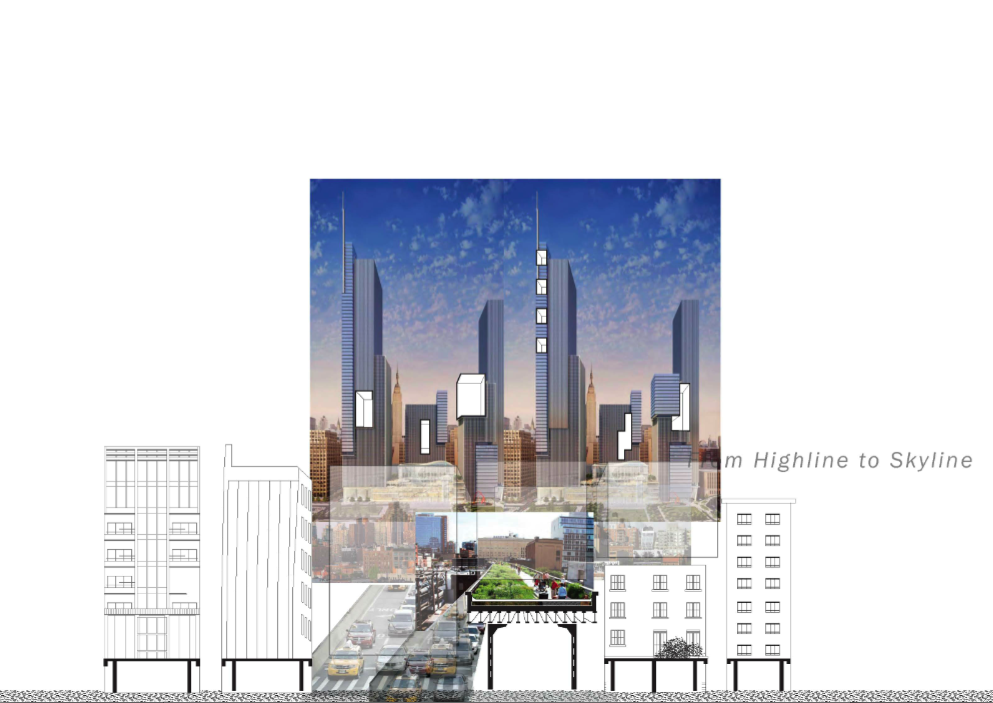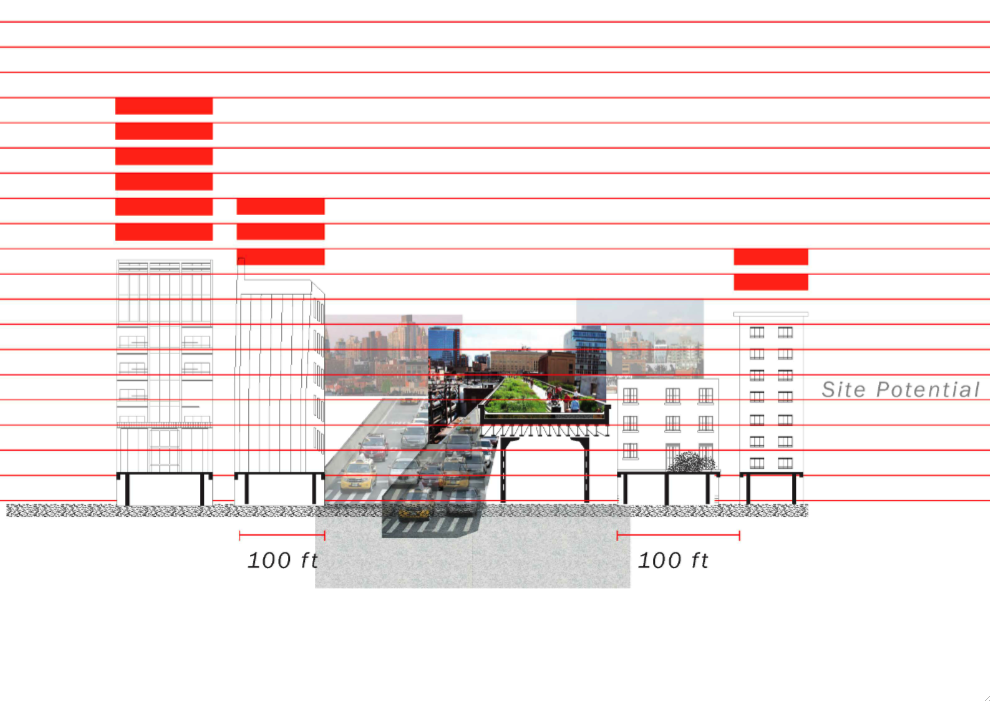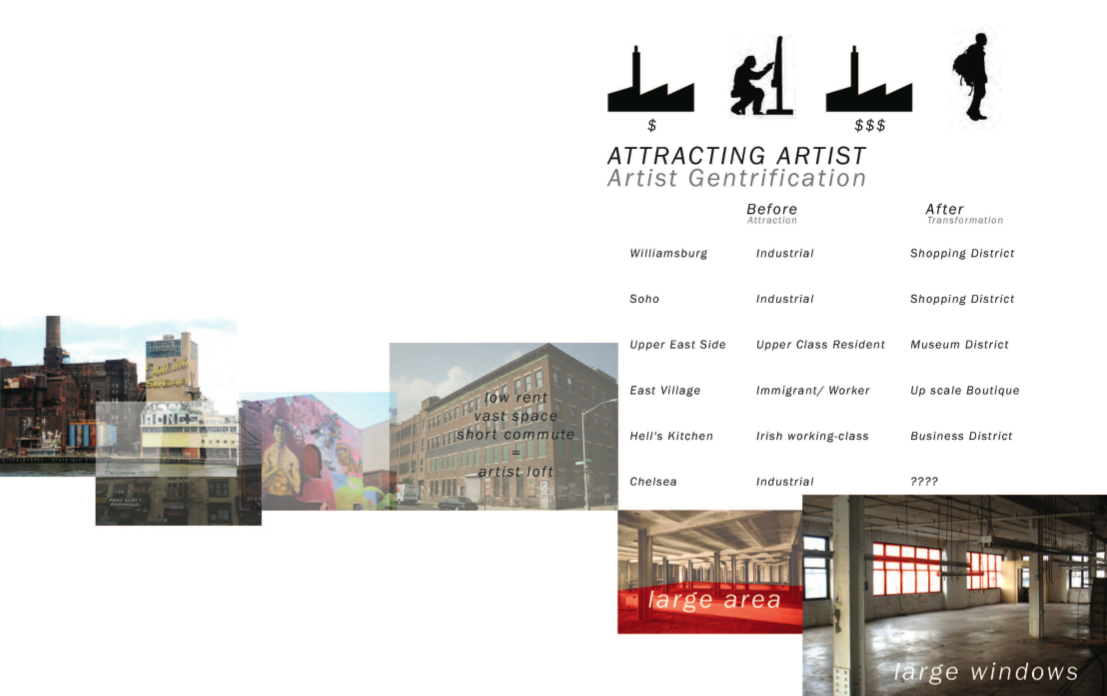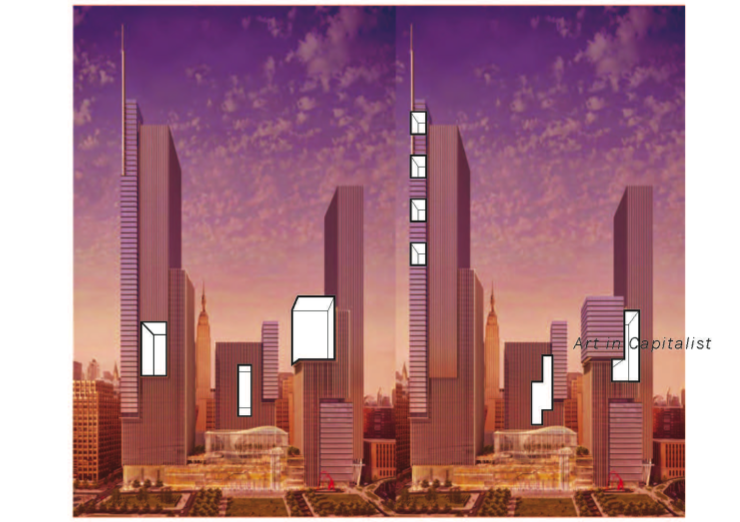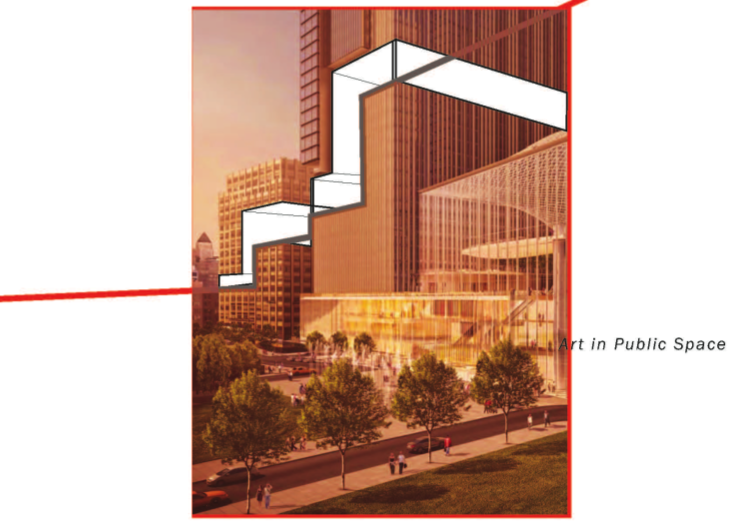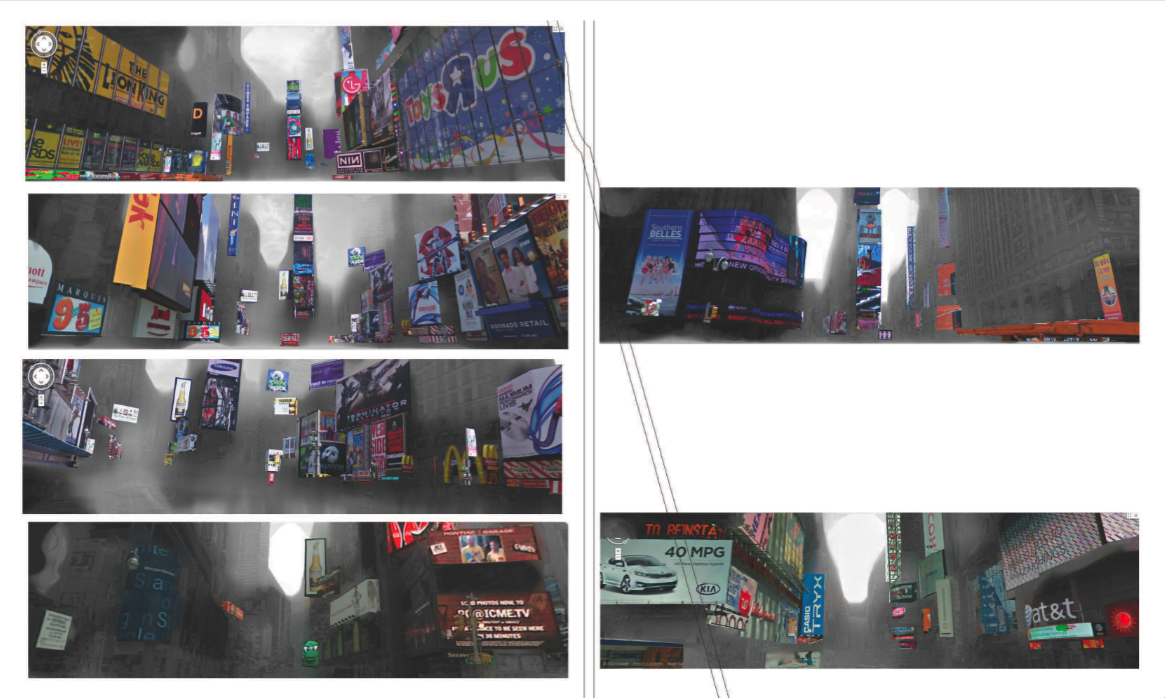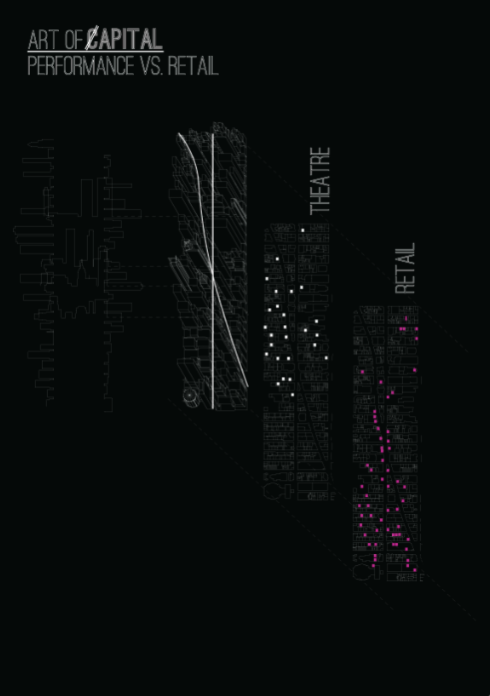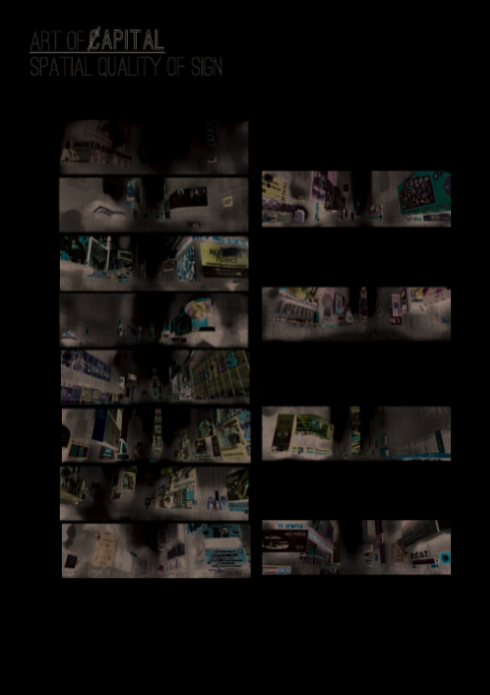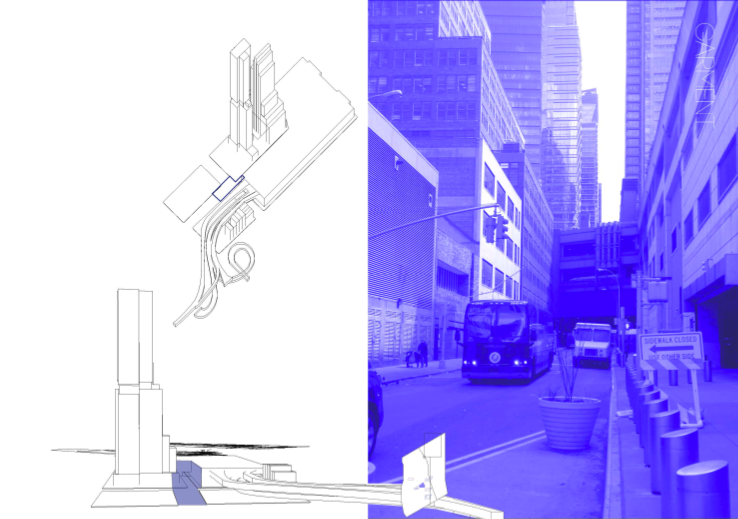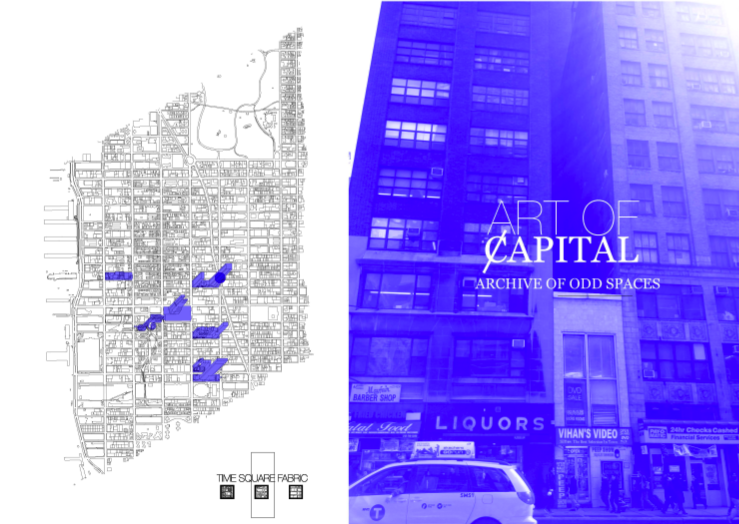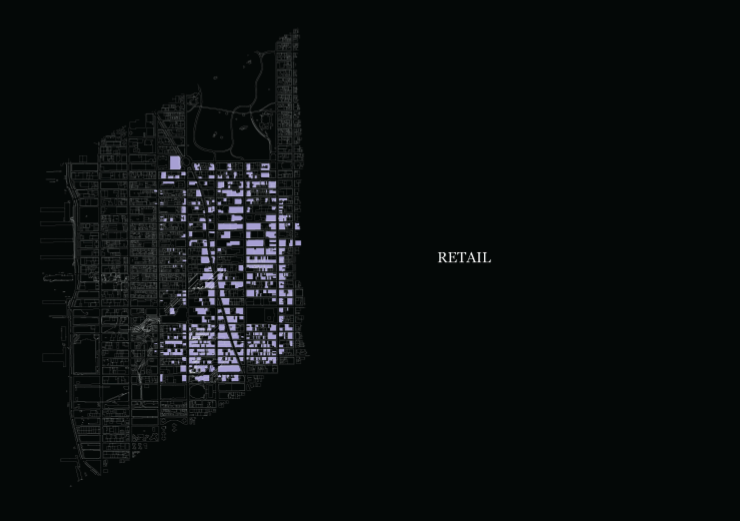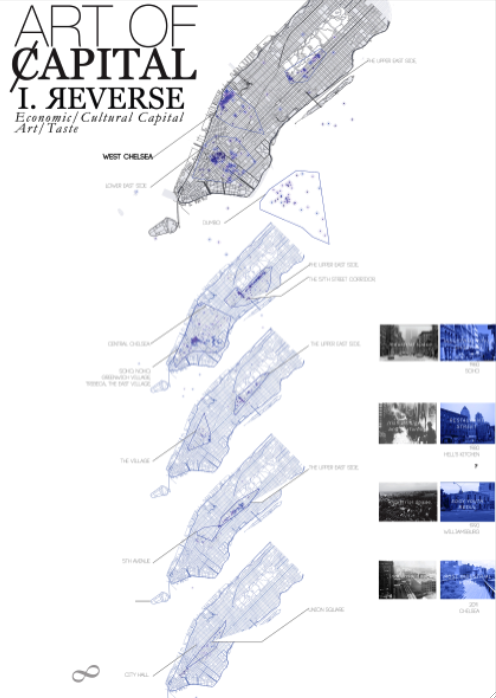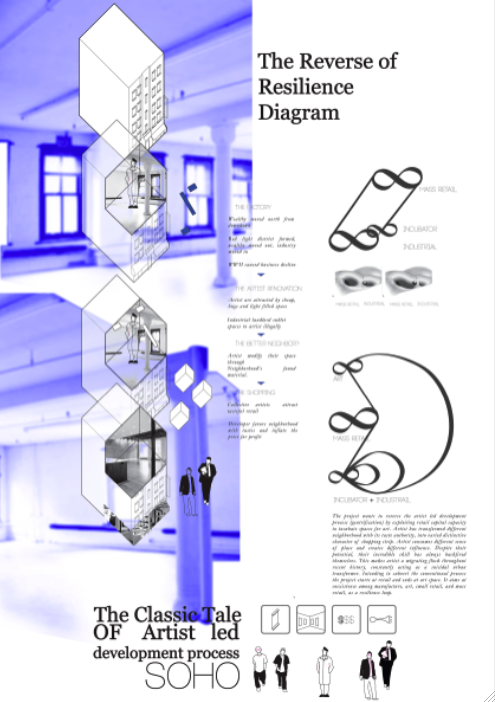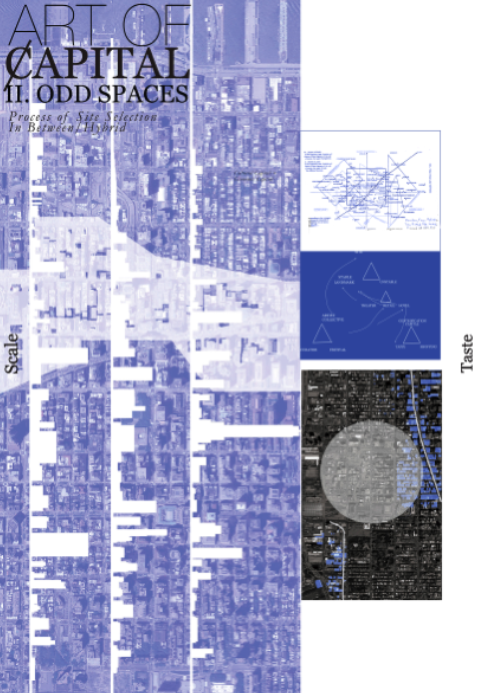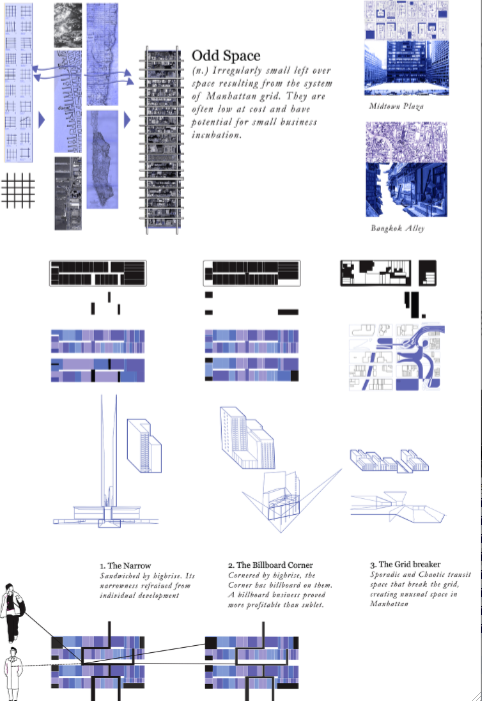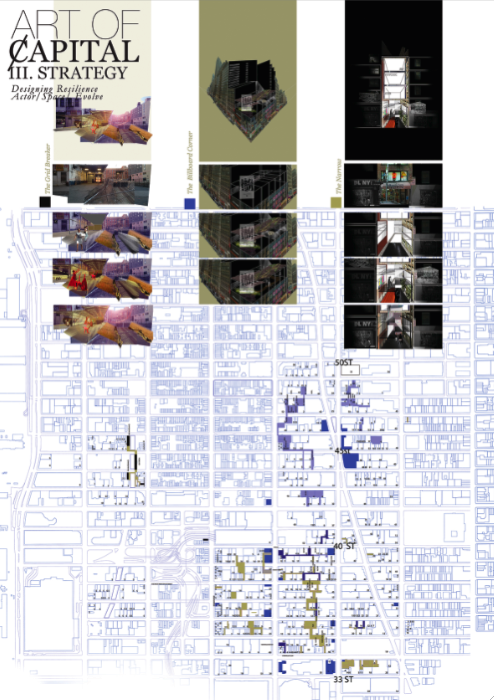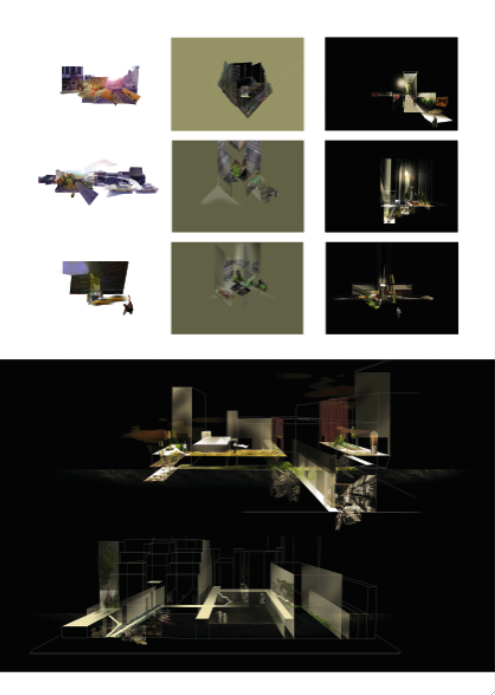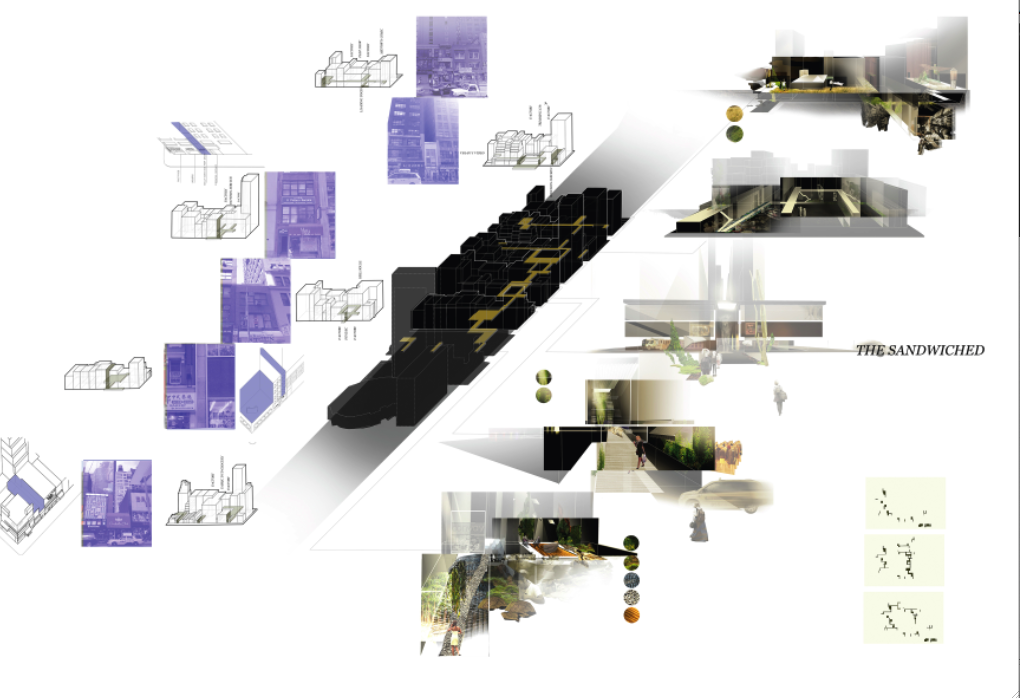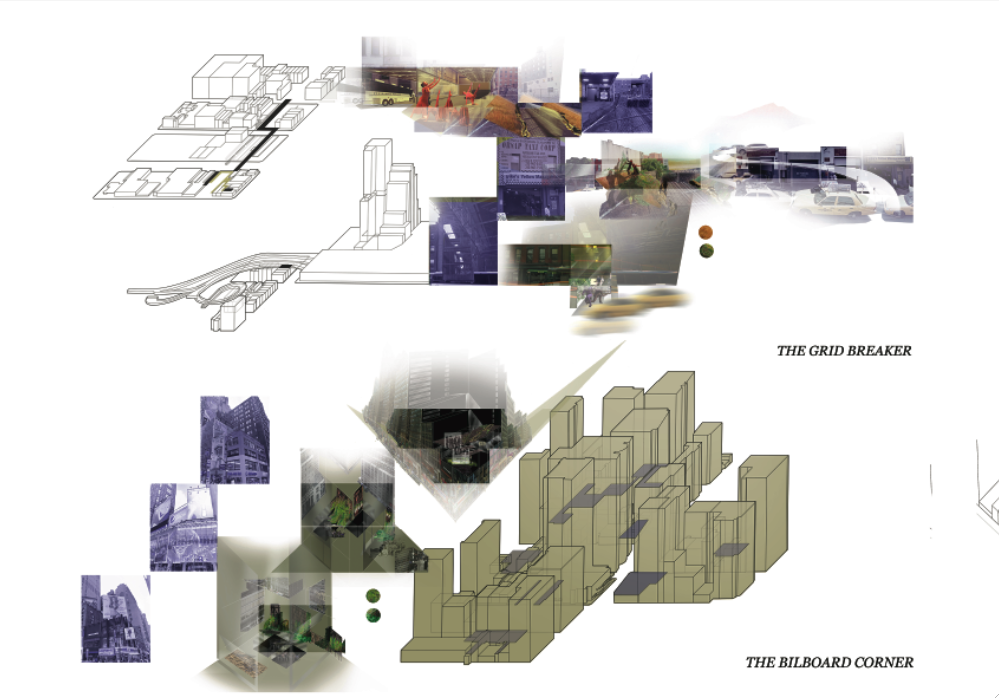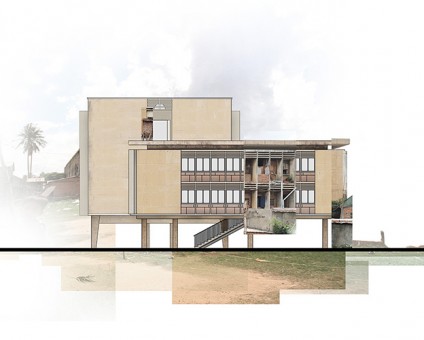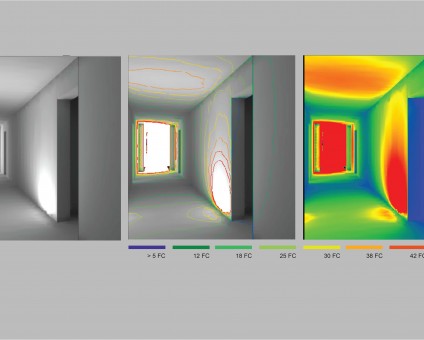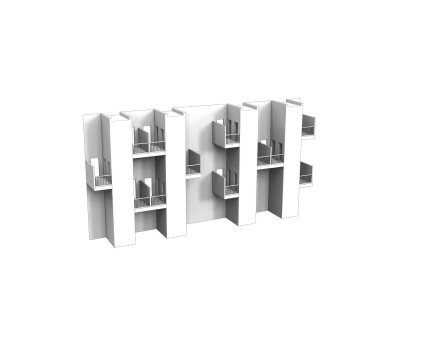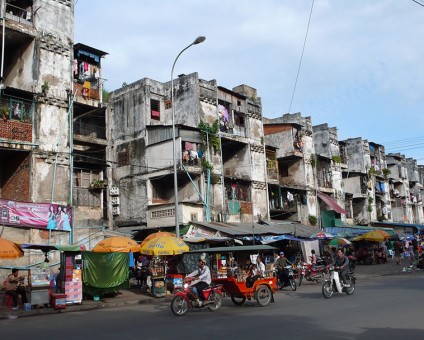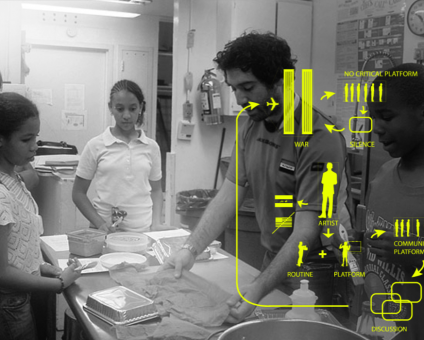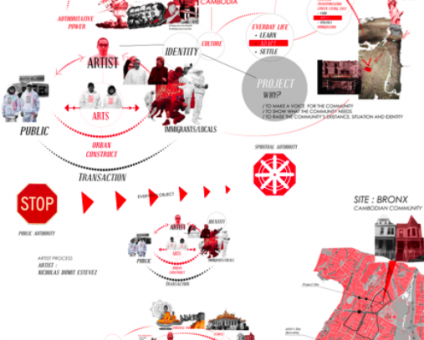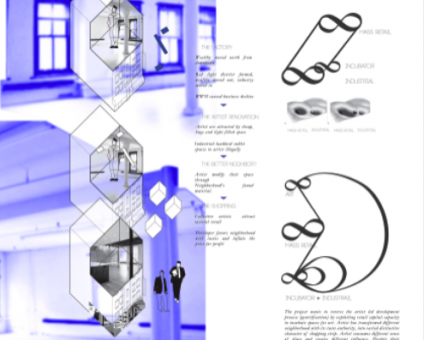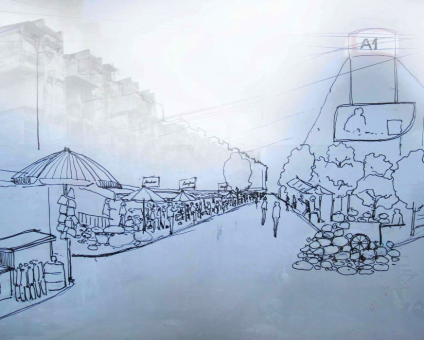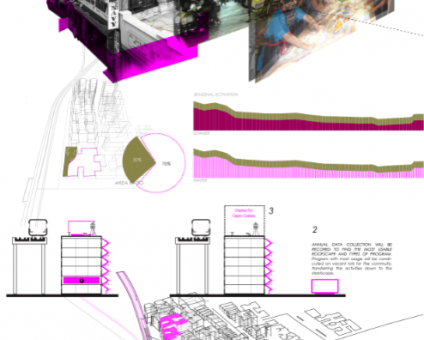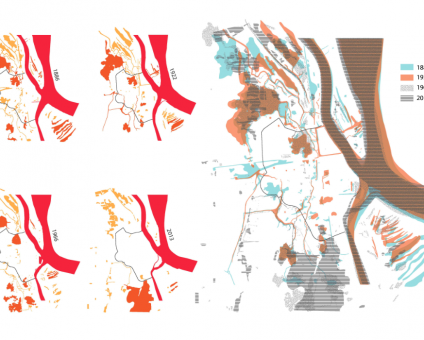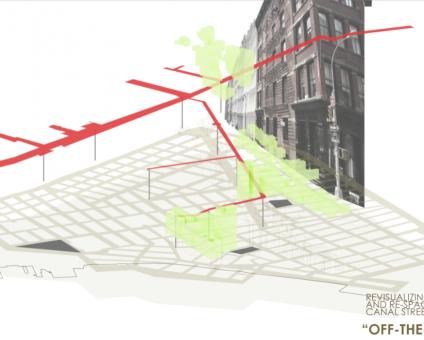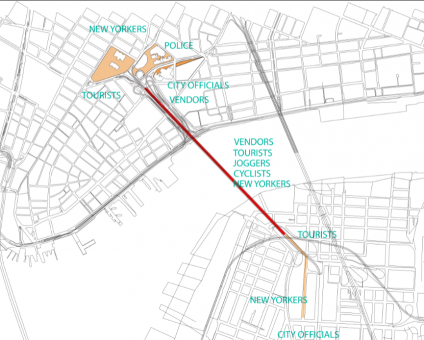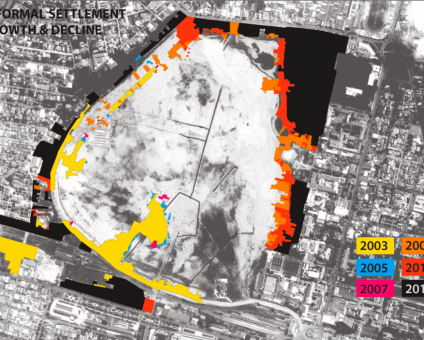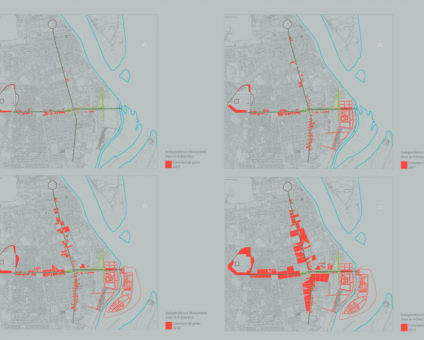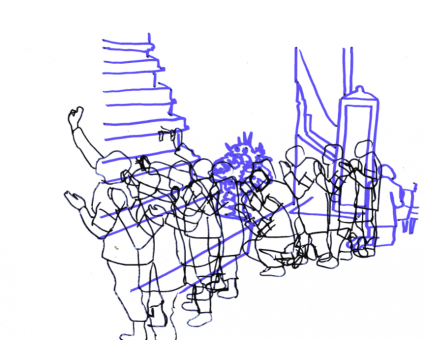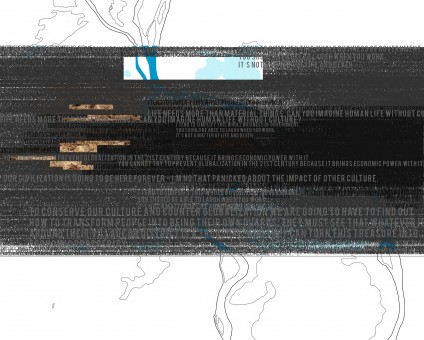Information
By Yanisa Chumpolphaisal
:
Artist has transformed different neighborhood into varied distinctive character of shopping strip. The project intends to reverse the artist led development process (gentrification) by exploiting retail capital capacity to incubate spaces for art. Having taste as their weapon, their incredible skill has always backfired themselves. This makes artist a migrating flock throughout recent history, constantly acting as a suicidal urban transformer. Intending to subvert the conventional process the project starts at retail and ends at art space. It aims at coexistence among manufacture, art, small retail, and mass retail, as a resilience loop.
:
i) Artist Immigrant
:
The project started by looking at movement of artist through Manhattan. It started from City Hall in 1800, then polarized into 2 main area, one serving the rich at Upper East Side and Midtown, another at Soho and Chelsea. Using Soho as a Classic model for Artist Lead Development, the project wants to reverse that process and incubate art space.
:
ii) The Reverse of Resilience Model
:
Using resilience urban model as a tool to understand change, it is understood that a land is changing phase from one to another loop (industrial to commercial). When too much land changes abruptly, the change is not resilience. Therefore, we begin to look at scale of change, and let art Manufacturer and small business incubator and mass retail together as different scale of loops that nurture one another.
:
iii) Site – Hybrid of Scale and Taste
:
Altering site from Chelsea to Times Square, the project finally ended up in the area in between. It takes place in Garment district and Hell’s kitchen, an industrial area with a hybrid quality between scale (small urban fabric of Hell’s kitchen and large Midtown East) and taste (high art of Chelsea and Times Square Pop culture). Through site observation, the hybrid quality have revealed in urban fabric through 3 different types of what is called ‘odd spaces’. They comprises of The Sandwiched, The Billboard Corner and The Grid Breaker.
:
iv) Odd Space
:
Manhattan block were studied through anatomy drawing. Developers collect small farm parcels for decades and develop them into highrise. When one small parcel are not sold, they remains a dwarf, that could not be developed, due to size. These become the Sandwiched.
:
Odd Space (n.) Irregularly small left over space nested among fully maximized tall high rise. They are the byproduct of Manhattan grid system. They are often low at cost and have potential for small business and art incubation.
:
(1) Manhattan block were studied through anatomy drawing. Developers collect small farm parcels for decades and develop them into highrise. When one small parcel are not sold, they remains a dwarf, that could not be developed, due to size. These become the Sandwiched
:
(2) The same happens in the Billboard corner but in the corner along avenue, which tends to be more spacious. They are one-two stories building, cornered by high rise, often filled with billboard. It is hypothesized that they are on hold to development, or the billboard is a better investment than building up.
:
(3) The gridbreaker is the area of transportation infrastructure that breaks Manhattan grid system. Train tracks in Hell’s kitchen, and Lincoln tunnel are example of highly potential odd shaped spaces that are not too desirable to average commercial.
:
v) The Strategy
:
The project wants to introduce unconventional type of art space, emerging out of present day context, blurring contrast between economic and cultural capital. Using odd spaces as the low cost site to kick start, the project suggests small business to act like a urban welder, providing micro public plaza. By lifting the Sandwiched up, they create interior alley connection among local manufacturer. Building that flank them also tends to opens up toward the public alley, exposing activity. They incubate arts, and gain public attention. Art gain base audience from temporary exhibition. Retail grows and moves to bigger space like Billboard corner. As a result, artist dominates small spaces strongly embedded within the city with their local base audience, producing ‘Living Art City’.
